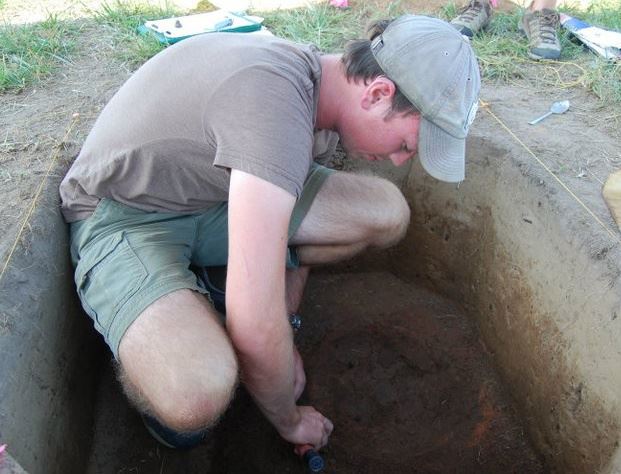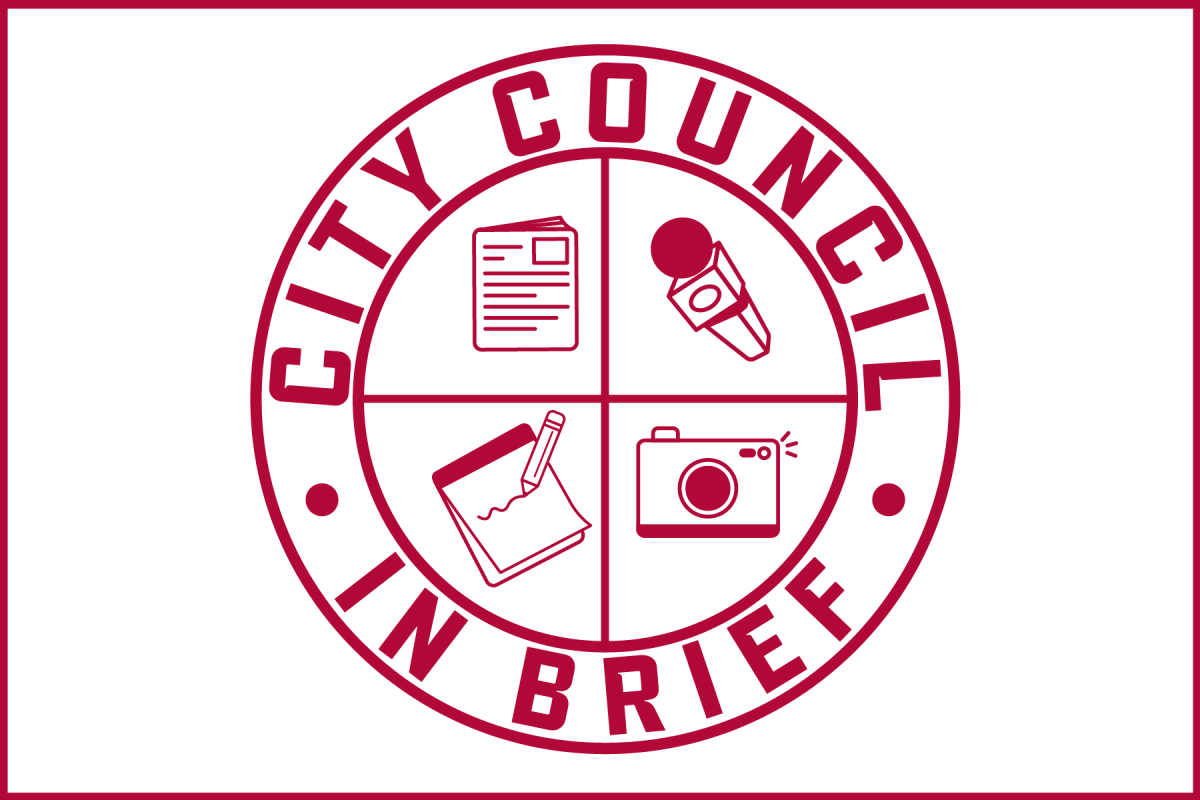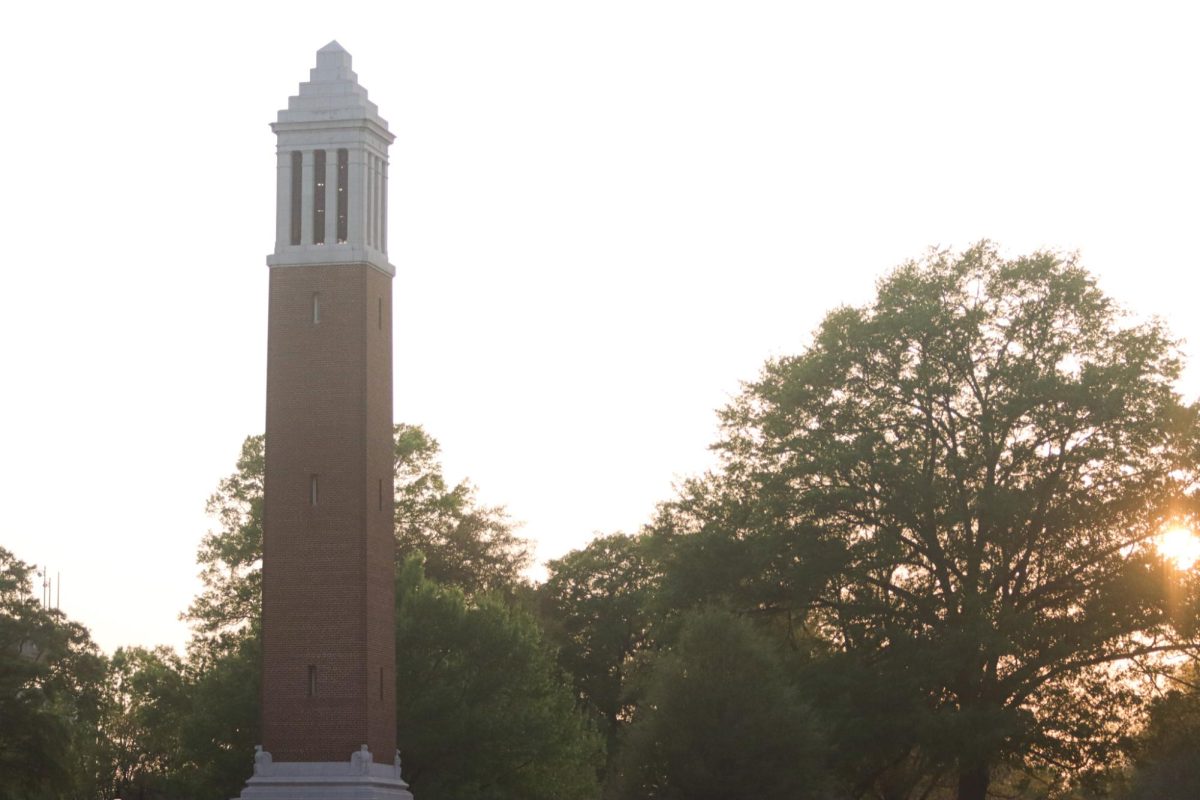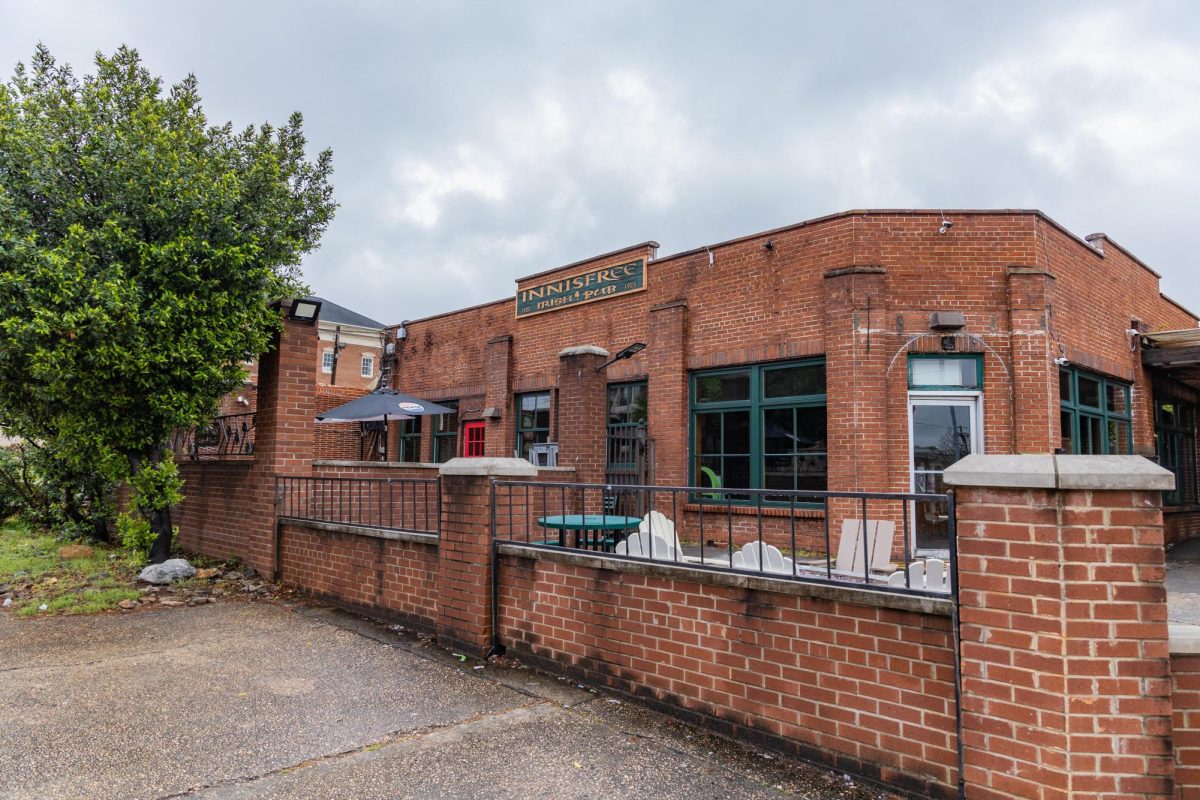A group of UA students helped to uncover two hearths at the Moundville Archaeological Park this summer.
The group, made up of a field archaeology class, excavated the hearths after using a research instrument called a magnetometer to reveal where they might be.
Ross Owens, a senior majoring in anthropology, was one of the students in ANT 269 who assisted with the dig. He and his teammate Traci Roller were two of the first people to work on excavating the hearth.
“A man named Chet Walker came earlier in the season and conducted a geophysical survey using a machine called a magnetometer, which senses magnetic disturbances in the natural soil stratigraphy and should, in theory, detect the presence of structures under the ground and hearths in particular,” Owens said.
The image produced by the magnetometer is largely unrecognizable to an untrained eye, but together with excavation leader Jeremy Davis, Walker was able to focus on a few features suspected to be hearths.
Hearths were generally where Mississippian Native Americans cooked their food, as well as the focal point of most Mississippian houses.
Davis, site director and graduate student whose dissertation involves Moundville excavations, said the group was looking for hearths as a better way to understand the magnetometer, referring to it as “ground-truthing.”
“The magnetometer does not lie, but we can’t know for sure what it has revealed until we’ve excavated it,” Davis said. “Until then, it’s just a map of amorphous gray blobs, some of which kind of look like the footprint of prehistoric houses.
“What surprised Dr. Blitz, Chet Walker, myself, and other Southeastern archaeologists was the amount and diversity of such features in the ‘plaza’ area of the site, a place we’d always thought of as empty,” Davis said. “In other words, the magnetometer revealed that the Moundville’s ‘plaza’ had not always been a plaza; it was once one of the more populous areas of the site.”
John Blitz, associate professor of anthropology, agreed that the group’s focus was to better interpret the magnetometer’s map.
“The special thing about this research instrument is that it gives us a way to look under the ground to see things that might be there,” Blitz said. “[The magnetometer] is giving us big maps of where hearths are without us having to dig everywhere.”
“With our initial interpretations ‘ground truthed,’ we can now be more confident about interpreting other aspects of the magnetometer map,” Davis said.
Along with the hearth, Owens said they also discovered three post-holes where wooden posts once stood.
“Two were on the outside of the hearth and one was actually penetrating part of the hearth itself on the western side,” Owens said. “This suggests that the hearth was covered up at some point and the family who returned had to replace a post, chose a random spot and it just happened to hit the hearth.”
According to Davis, the last hearth that was discovered at Moundville was found in the 1990s. For more information on the historical park visit moundville.ua.edu.









